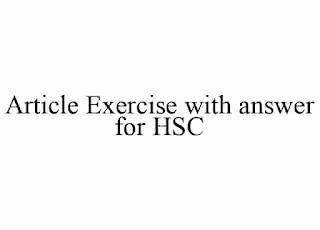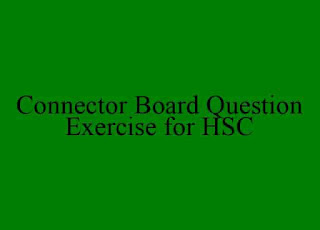E-Learning Paragraph
E-learning refers to the use of electronic media and information and communication technologies (ICT) in education. E-learning includes numerous types of media that deliver text, audio, images, animation, streaming video, audio or video tape, satellite TV, CD or DVD-ROM and computer-based, as well as web-based learning.
In e-learning every step such as, registration, admission, classroom entry and exit, class work, attendance, discussion with course mates, feedback, exams and finally certification must take place electronically through computer and the Internet technology in a virtual campus. It is commonly thought that new technologies make a big difference in education.
Many people involved in e-learning believe that everyone must be equipped with basic knowledge of technology, as well as use it as a vehicle for reaching educational goals. Various technologies are used to facilitate e-learning. Most of the e-learning uses combinations of many techniques, including blogs, collaborative software, eportfolios, educational websites and virtual classrooms.
E-Learning has become an important technique that educational as well as business institutions invest a great deal of money, time and effort in order to make use of it. E-Learning has proven to be the cheapest way to transmit knowledge to the largest number of people regardless of their location and their devices.
Most of the existing e-Learning environments present some similarities and most educators need several tools to efficiently make use of e-Learning. In short, e-learning has helped people to learn about anything they want, anytime they want by using modern technologies and thus spreading knowledge all around the world.



